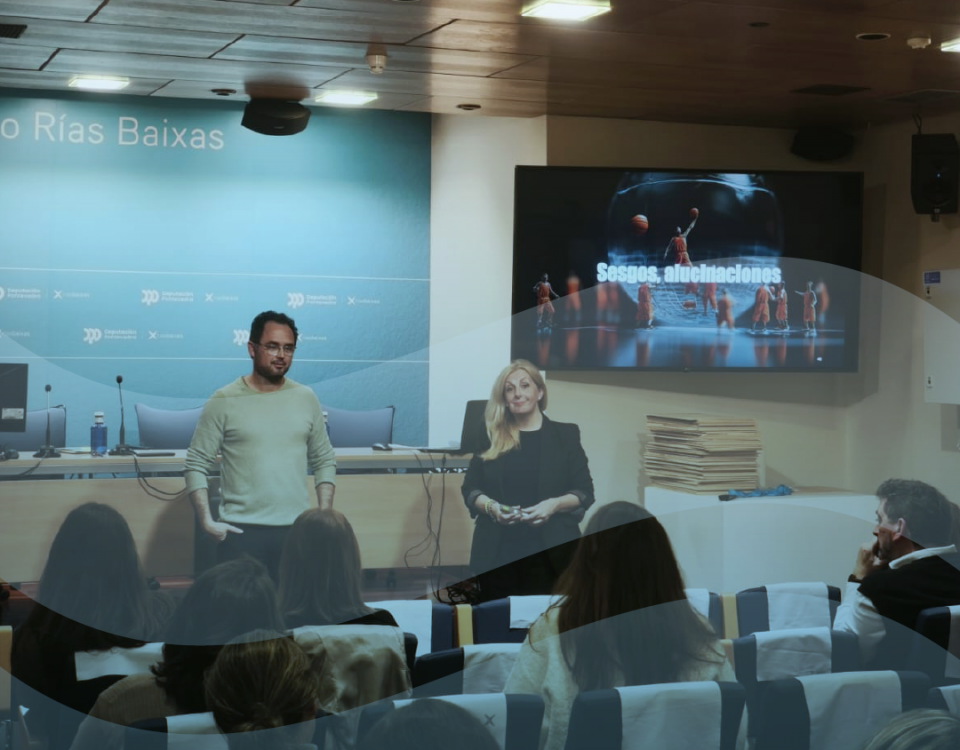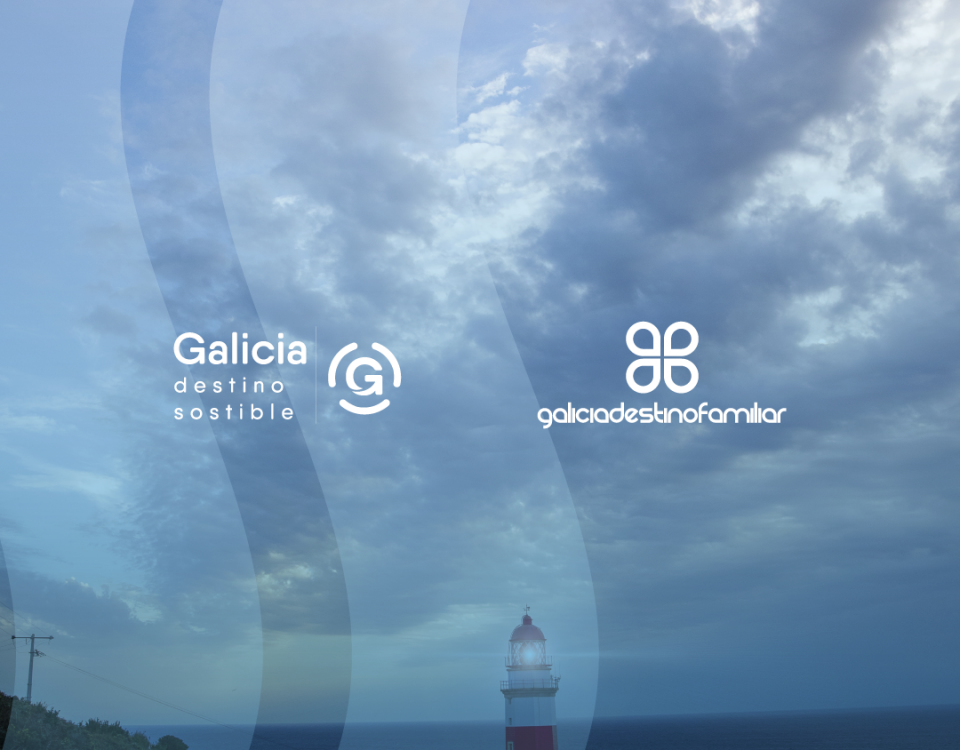- El mejor turismo de galicia
A good December bridge to face the final stretch of an historic year for tourism in Galicia
A good December bridge to face the final stretch of an historic year for tourism in Galicia
The coincidence in the calendar of the two holidays during the week made this December bridge especially good for the escapes to Galicia, facilitated by the school calendar. The forecasts were therefore very positive and perhaps no better figures were achieved due to the worsening weather for the second part of the bridge. However, the balance of this last bridge in 2017 is very positive, with an average occupancy that could be around 71%, the lack of official figures that we will know after the publication of the INE and GSE figures.
Traditionally the December bridge works very well for urban tourism and shopping, the thermal spa and, this year, was a good year for Galician rural tourism, which considerably improved the occupancy figures of past bridges. Thus, if last year, for example, the occupation was around 20-25% while this year it reached figures between 32% and 35%. In the case of rural tourism in the Rías Baixas, for example, this figure meant an increase of more than 25 points in occupancy compared to 2016 and 10 points in Galician rural tourism as a whole.
By territories the occupation during the bridge has been disparate, with better results in the interior and in the south than in the north of the territory. Thus, Ourense reached very good employment figures of around 90% thanks to thermal tourism while Lugo had an average occupancy of 80%. The Ribeira Sacra was the area of the province with the most visitors, with an average of 85% occupation. Some establishments in Cervantes, Lugo, Viveiro and Monforte de Lemos could hang the whole sign.
In the province of Pontevedra, in the Rías Baixas destination as a whole, the average occupancy remained around 50%, although points of special tourist affluence such as Sanxenxo reached 75%. Cities such as Vigo or Pontevedra, the occupation was slightly higher, 54% in Vigo and 61% in Pontevedra.
In the province of A Coruña, finally, the occupation was disparate. While in Santiago it reached 50.42% in hotels and 60.53% in hostel, on the Costa da Morte, the occupation was between 35% and 70% depending on the city council.









